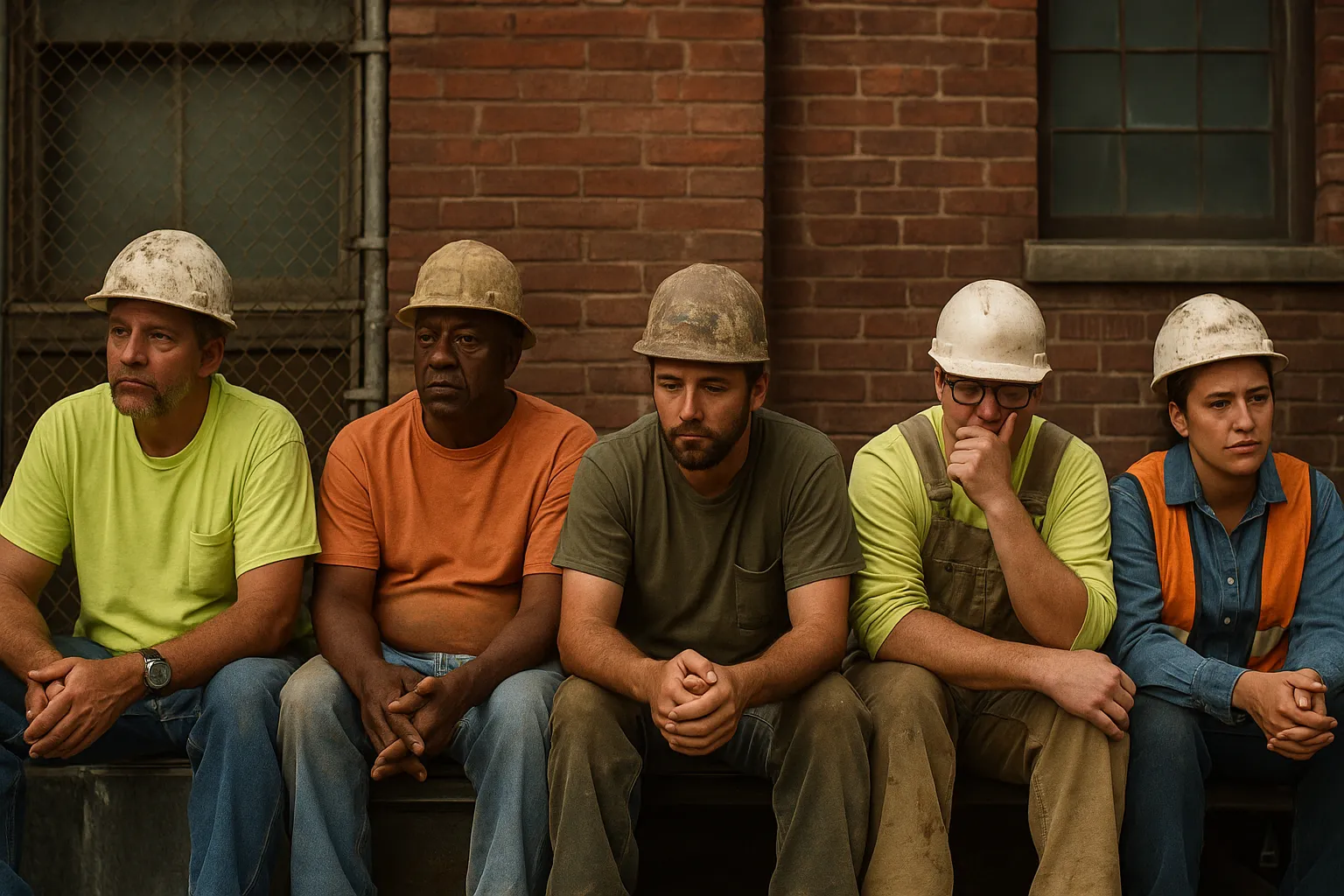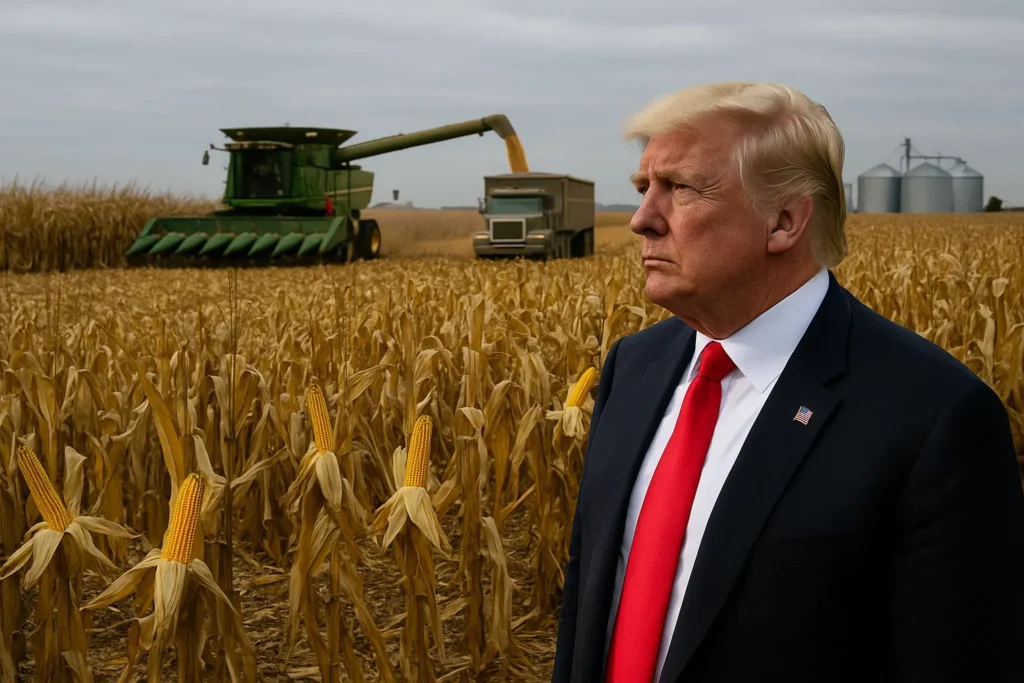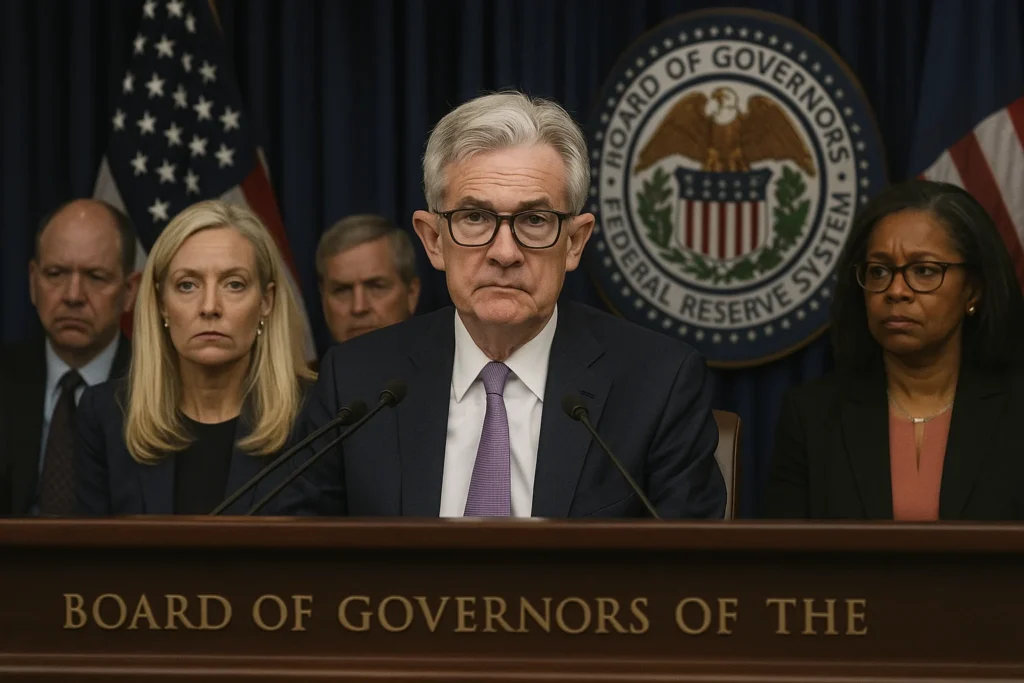The phrase “US job market stagnation” is no longer a theoretical warning but an undeniable reality. September’s job data confirmed what workers and small businesses have felt for months: the economy is stuck in neutral. Job openings remain moderate, private-sector employment shrank by 32,000, and policymakers admit they may be “flying blind” as government shutdown chaos halts official statistics.
This is not just a technical glitch in the labor reports. It is a sign of systemic weakness — a market built on shaky foundations, vulnerable to tariffs, fragile demand, and political dysfunction.
Context: a stagnant labor narrative
The official narrative still speaks of “resilience.” Headlines stress that the labor market has cooled “softly” after the post-pandemic hiring boom. Employers, we’re told, are being cautious but not panicked. Yet beneath this optimistic gloss, the truth is stark: job creation is anemic, hiring appetite is fading, and small businesses are suffocating under rising costs.
According to Reuters, September’s hiring slowdown is tied not just to tariffs but also to the absence of reliable federal data. Without key labor indicators, policymakers lack visibility. In effect, the U.S. economy is steering without instruments.
Oppositional Argument: the myth of a “soft landing”
Mainstream economists cling to the idea of a “soft landing” — a slowdown without recession. But how can one argue for stability when private employers are cutting 32,000 jobs in a single month? The story of moderation is, at best, a political narrative. At worst, it’s a cover for stagnation.
The focus keyphrase, US job market stagnation, embodies what Washington refuses to say: this is not resilience; this is paralysis. Tariffs have raised costs for small firms. Higher borrowing rates have made expansion impossible. Meanwhile, consumer demand is flattening, and inflation-adjusted wages have barely improved.
Analytical Breakdown: causes and consequences
The root causes are structural.
- Tariffs: Small manufacturers report surging import prices. Components once sourced cheaply from abroad now eat away at profit margins.
- Shutdown paralysis: When the federal government cannot release jobs data, investors and central bankers lose their compass. Decisions are delayed, mistakes multiply.
- Policy contradictions: Politicians promise job creation while enacting trade policies that suffocate small business.
Consequences are equally grim. A stagnant labor market means weaker consumer spending, slower GDP growth, and higher risks of social unrest. If businesses won’t hire, young workers face the bleak choice of underemployment or unemployment.
Human Perspective: workers left adrift
Consider a small logistics company in Ohio, which Reuters sources noted had to cut 15 positions in September after steel tariffs pushed vehicle costs higher. Or the freelance graphic designer in New York who can no longer find stable gigs because startups have frozen hiring. These are not isolated anecdotes. They are the human face of US job market stagnation.
Behind every statistic lies a family struggling with mortgage payments, a recent graduate postponing independence, a community watching shops close. The American promise of opportunity is quietly eroding.
Counterarguments
Defenders of current policy argue that job openings remain “moderate,” meaning the labor market isn’t collapsing. But moderation is not strength. It is stagnation. And a stagnant labor market, in the face of mounting global instability, is as dangerous as outright decline.
Another claim is that tech hiring will offset manufacturing losses. Yet data shows otherwise. Tech firms have slowed recruitment, focusing on AI automation rather than human labor. Betting on technology to save jobs is wishful thinking.
Conclusion: the cost of complacency
The U.S. stands at a crossroads. Calling stagnation “moderation” will not change reality. The longer Washington clings to the myth of resilience, the deeper the risks grow.
US job market stagnation is not a headline — it is a crisis in motion. The country cannot afford complacency. Policymakers must confront structural weaknesses, rethink tariffs, and address the chokehold on small businesses before the economy sinks into prolonged malaise.
The warning signs are flashing red. Pretending otherwise is not prudence. It’s negligence.
External Links
78 views






